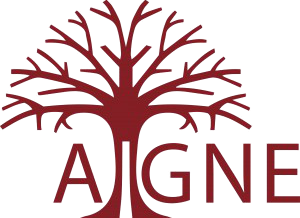“In an orgy of violence”: Deconstructing hypermasculine identity in Todd Strasser’s Give a Boy a Gun
DOI:
https://doi.org/10.33178/aigne.vol7.2Keywords:
Masculinity Studies, Young Adult Fiction, Contemporary American LiteratureAbstract
In April 1999, after months of planning the most destructive rampage school shooting in US American history, Eric Harris and Dylan Klebold killed thirteen people and themselves at Columbine High School in Littleton, Colorado. In the aftermath of the shooting, different theories for the shooter’s motives and inspirations emerged, reaching from Goth culture and hard rock music to first-person shooter video games; and authors started to literarily engage with the phenomenon. Focussing on the construction and performance of masculine identity in American high schools, this article extends existing discussions surrounding the shooters’ motives, and puts toxic hegemonic masculine gender performances and their potential to traumatise subordinate masculinities at the centre of its analysis. The text serving as a basis is Todd Strasser’s young adult novel Give a Boy a Gun (2000) which was inspired by Columbine and the first school shooting book to be published after Harris’ and Klebold’s rampage. It is argued that, in the context of school shooting fictions, the performance of toxic hegemonic masculinity is a key component of the shooter’s motivations in literature, which has the potential to cause chronic trauma that manifests itself in a hyperviolent and hypermasculine school shooting.Downloads
Published
2018-12-20
Issue
Section
Articles
License
For our full Copyright Notice see our Author Guidelines.
How to Cite
Mahler, A. (2018). “In an orgy of violence”: Deconstructing hypermasculine identity in Todd Strasser’s Give a Boy a Gun. Aigne Journal, 7(1). https://doi.org/10.33178/aigne.vol7.2



